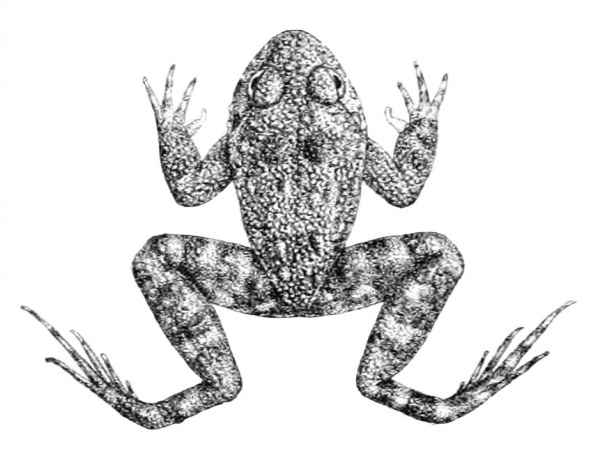Facts About Günther's Streamlined Frog
Nannophrys guentheri was a now-extinct frog species from Sri Lanka, belonging to the Dicroglossidae family. It was first described in 1882 by George Boulenger, who named it in honor of British zoologist Albert Günther. Unfortunately, the precise location in Sri Lanka where the original specimens were discovered remains unknown.
Since its discovery, Nannophrys guentheri has never been observed again, raising questions about whether it was truly a distinct species or merely a variant of Nannophrys ceylonensis. Initially, this frog was classified under the Ranidae family, but DNA analyses later reclassified it within the Dicroglossidae family.
In terms of appearance, Nannophrys guentheri was a small frog, with males measuring about 28.5 mm from snout to vent. It possessed several notable features: vomerine teeth arranged in two groups behind the choanae, and slight bony tubercles on the lower jaw. Its head was small and not heavily ossified, featuring a short, rounded snout and an angular ridge known as the canthus rostralis. The frog's skin was granular on the dorsal side and smooth on the ventral side, with a skin fold connecting the upper eyelids to the shoulder. Its coloration was brown with darker marbling on the dorsal side and cross-bars on the hind limbs, while the ventral side was whitish. Males also had two internal vocal sacs.
Compared to Nannophrys ceylonensis, Nannophrys guentheri had longer hind limbs, a smaller head, and different finger proportions. However, due to the poor preservation of the original specimens, it remains unclear whether it was indeed a distinct species.

 India
India